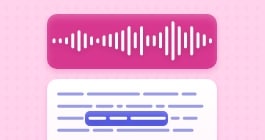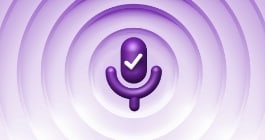Unlock more with the Adobe Podcast Premium plan 
- Video support for MP4, MOV, and more
- Bulk upload files for enhancement
- Adjust strength for a more natural sound
- Enhance up to 4 hours a day, files up to 1 GB
- No download limits on Studio projects
- Download original recordings, speaker-separated
- Customize audiograms and captions with themes
- Upload custom backgrounds for audiograms
- All Premium features for design
Enhance Speech
Studio
Design with Adobe Express Premium
From rough to ready: A beginner's guide to podcast editing
Essential podcast editing tips for new creators.
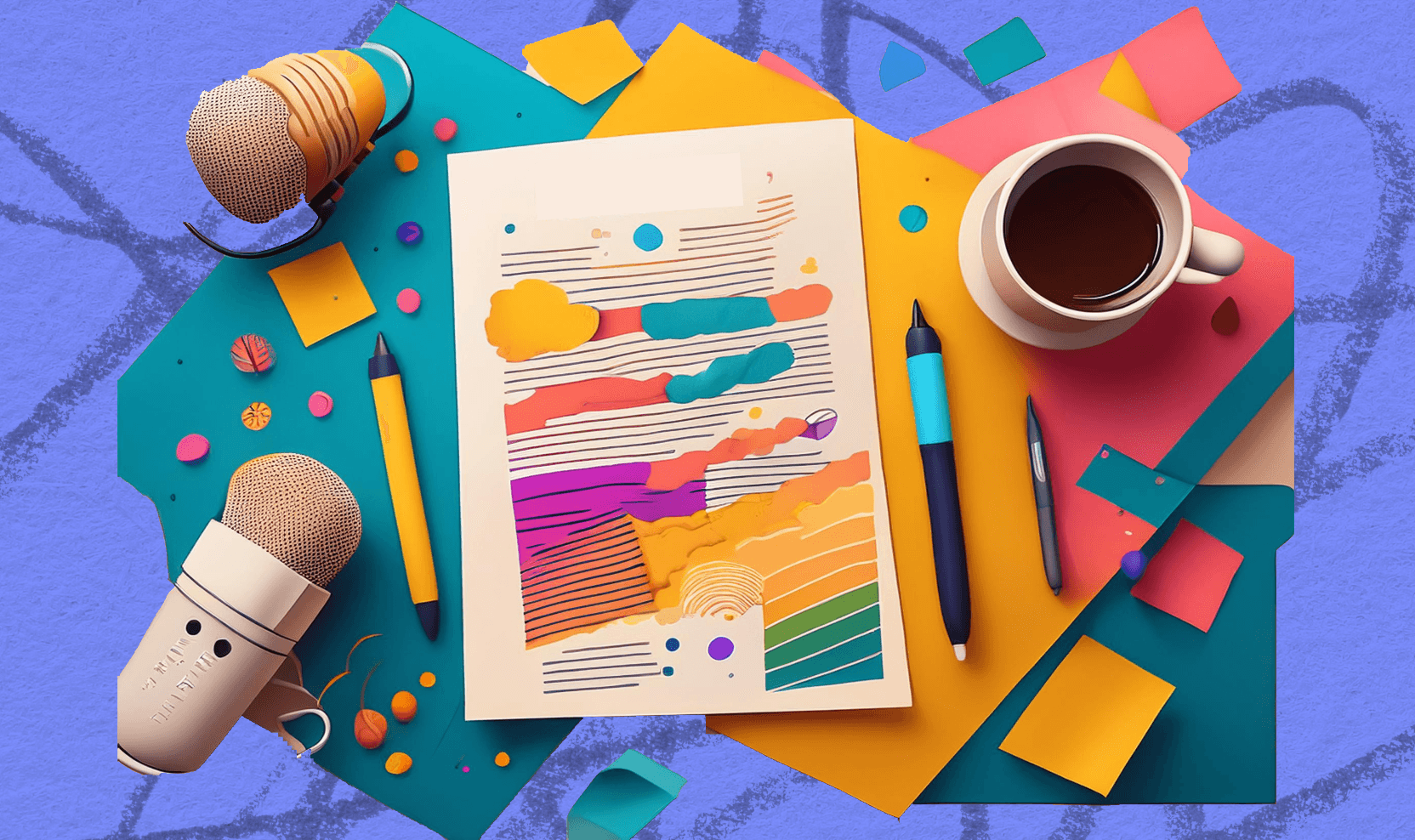
Last updated: June 20, 2025
Author: Harmony Jiroudek, Product education & community manager
When it comes to audio projects, editing is where the magic happens. While it’s not a cure-all for boring or bad content, editing polishes content to sound natural and professional.
Editing is also a time during post-production when content can be augmented with additional content, like adding in background music or sponsor messages; however, here we’re going to focus on editing as it relates to the delivery of your voice and content.
Read on to learn a handful of useful tips when editing podcast content.
Creating seamless transitions
Some podcasts and other forms of media are purposely edited to be choppy, fragmented, or whimsical—while this style might be suitable for some, most want to deliver a professional, smooth listening experience for their audience.
The main idea is that you want to go for as near a seamless transition between segments, topics, and speakers without sounding unnatural.
For podcasts, much of this can be accomplished by sticking to a good pre-production routine and properly preparing interviews—please check out these blogs (if you haven’t done so) for preparation tips that unlock more fluid delivery and conversations for your podcast recordings.
As you edit, be mindful of abrupt cuts or jarring shifts that distract listeners. Try to remove these portions from your finished product, or try experimenting with background music or fade-ins and fade-outs to help even out transitions.
Removing filler words and awkward pauses
Practice is often the best way to help break bad habits of dropping words like “um,” “like,” “uh,” “you know,” and other unnecessary filler words you unwittingly use to stall during conversations as you formulate responses.
Of course, this is easier said than done. Not to mention, you will likely work with guests who may fumble their words. Forgetting happens to everyone, and you’ll likely experience an exchange where you don’t have the right words on the spot.
Using the text-based editing tool in Studio can help you easily identify filler words in your recording, allowing you to listen to and take action where these words appear. Removing every filler word might sound unnatural, though, so make sure you pick and choose which ones to cut based on how the recording sounds as a whole.
Balancing audio levels and enhancing sound quality
One common issue when recording is different volume levels for each speaker, or changes throughout a recording because a host or guest changes positions.
Before recording, you can quickly get insight into your recording quality by using Mic Check from Adobe Podcast to get a snapshot of how well your device is capturing voice, and information on how to make simple adjustments that help improve voice quality.
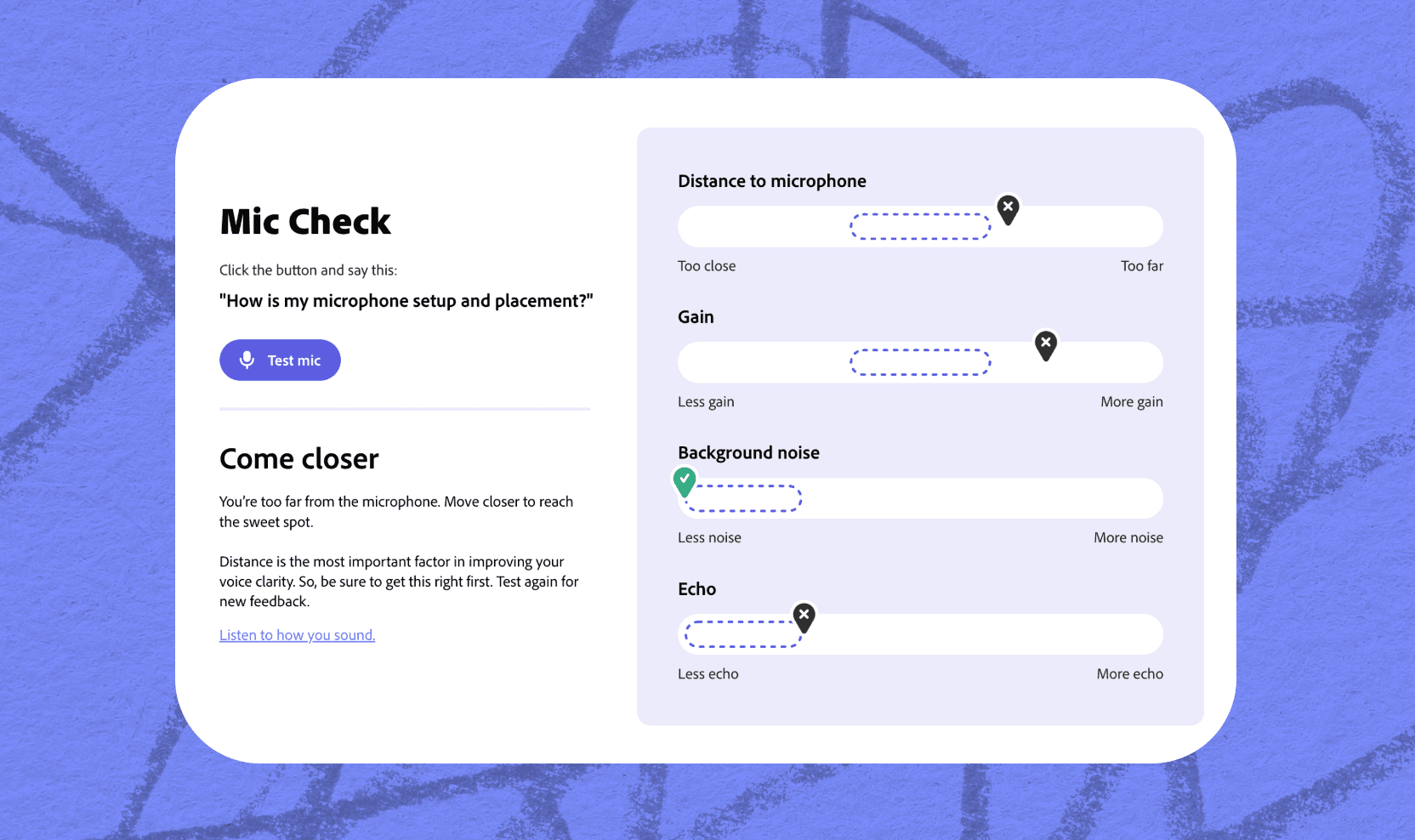
Simply have each participant use Mic Check, or run a check on each recording source, to get quick feedback on your setup and make adjustments accordingly.
In addition to Mic Check, Enhance Speech can help clean up existing recordings by automatically balancing audio, and removing undesirable elements like noise and echo from content. It even works with video, which is helpful for those who record more than just audio for podcasts, and can extend to other media formats.
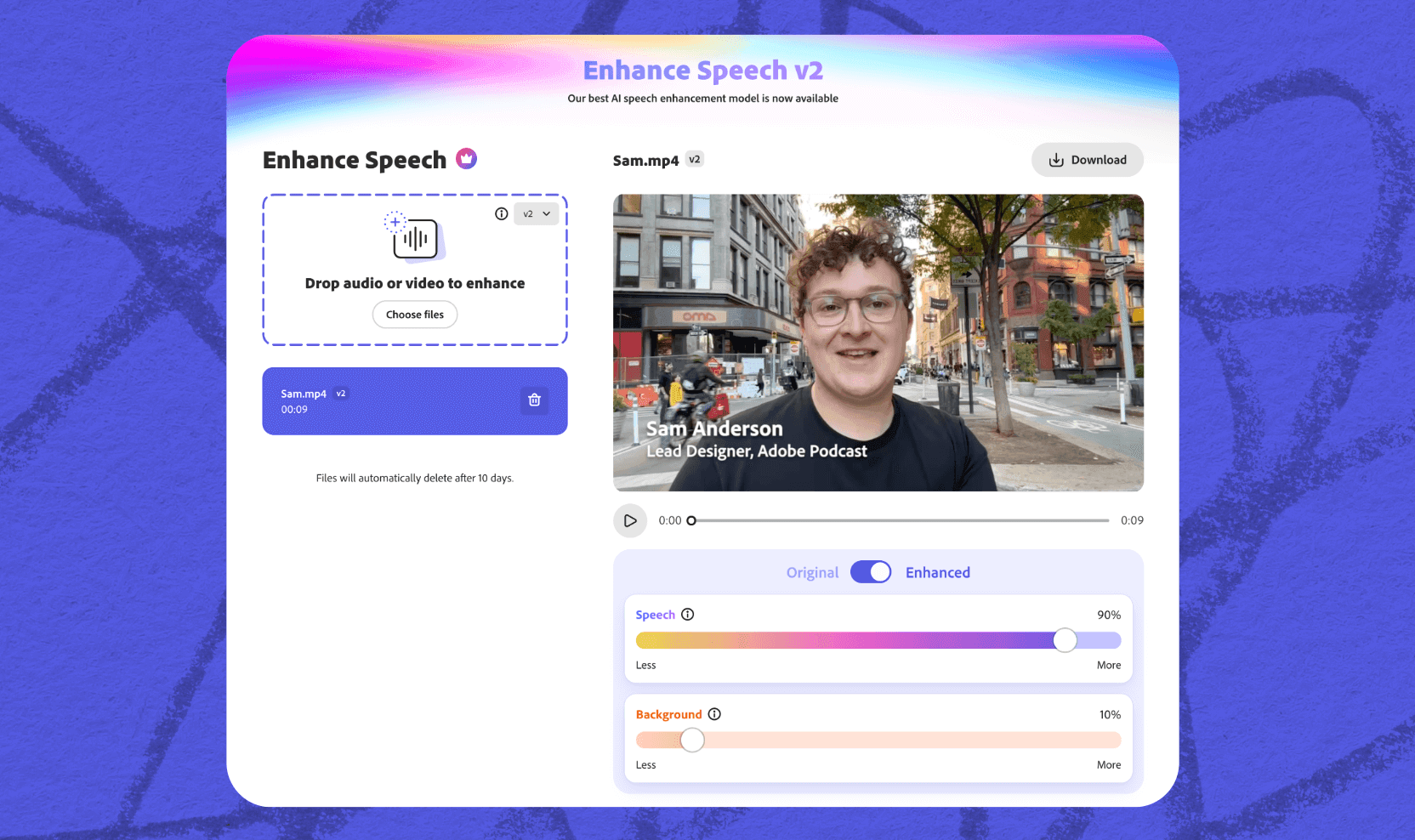
Enhance Speech can quickly improve audio clarity for a variety of formats, meaning it can help clean up around your witty commentary captured from your gaming headset when recording or streaming.
Maintaining the flow of conversation
Good prep work and outlining can help set you up to record your podcast “cleaner,” meaning less time spent editing.
When you’re editing keep these things in mind:
- Look for a balance when editing. Too many edits can make your content sound overly robotic—leaving some parts alone is okay.
- You don’t always need to eliminate the entirety of a long pause. In some cases, you may want to chop out a lengthy pause, but in others, you may just want to shorten these segments.
- Focus on keeping your energy up. Being bright and engaging helps you dial into conversations, giving you momentum and sustaining the mood for guests, which makes for an ideal listening experience.
- Be aware of the pacing. A natural change in pace during an interview is ok, but try to make adjustments should you find portions of conversation during editing that kick into overdrive.
Proper editing can help good content become great
Learning to edit appropriately will allow you to transform your content into polished, professional material. Smoothing over hiccups, fixing pauses, and cleaning up your recording all work together to improve the experience for listeners, thus helping you grow your audience.
Check out our free and premium tools at Adobe Podcast for help with recording and editing. Also, make sure to listen closely to your favorite programs for inspiration on how to edit your projects to deliver quality content for listeners.
About the author: Harmony leads product education and community for Adobe Podcast. As a musician and educator, she brings a human-centered approach to helping creators learn, connect, and grow with powerful audio tools. Her passion lies in making creative technology feel accessible, empowering, and inspiring.

